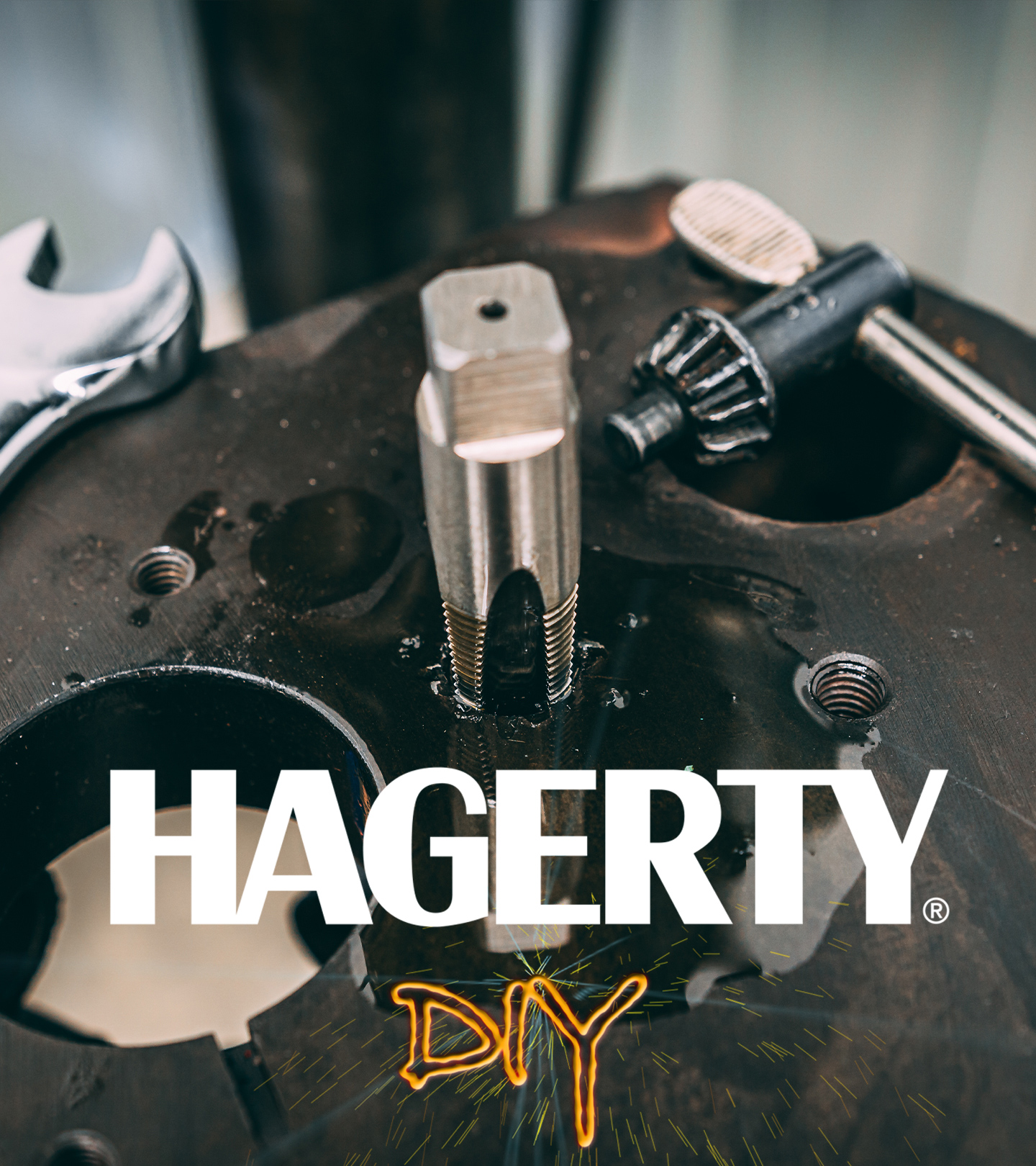Breaking down compression ratios on our 4.6L Jeep | Redline Update - Hagerty Media
Building an engine is vastly different than assembling one. One involves proper fitting of parts—the other, merely bolting things together. Today Davin takes you on a deep dive into one of the key parts of engine building, whether you’re aiming for performance or basic conveyance: compression ratio.
The concept is simple: The amount of space inside the cylinder when the piston is at bottom dead center compared to the amount of space inside the cylinder when the piston is at top dead center. As anyone who’s built an engine will know, however, that which is easily summed up is not always the easiest to execute. Accurately calculating compression ratio takes a bit of math, a bit of knowhow, and some antifreeze (seriously).
Davin starts by obtaining the size of the combustion chamber in the cylinder head, using a plate of glass and burette to measure its exact capacity in cubic centimeters. With some basic math, he calculates the cylinder volume, and all that is left is the volume added or subtracted by the piston dish or dome. In the case of our Jeep’s 4.6-liter engine, the piston is dished. While Davin could measure that additional area exactly the same way he did the combustion chamber, he decides instead to set the piston a small distance into the cylinder and grab a pencil to do the math and get the final number.
Compression ratio determines a few very important characteristics of an engine. The one Davin is most concerned with is this straight-six’s ability to run on “pump gas.” To Davin, that means 87-octane fuels. For an engine to run on fuel that volatile without any knocking, it is best to target between 9 and 9.5:1 compression ratio. He calculates that this particular Jeep’s engine compression would be around 8.5:1 as it sits now. Not ideal.
He devises a simple fix: Use a thinner head gasket and take a quick trip back to the machine shop to shave the deck height just a smidge more. With those changes made, this engine will be ready for final assembly, a process which Davin can begin with confidence, knowing that all the parts will play nicely together and that the mill will run as he expects it do when it’s time for first start-up.
To see the rest of the assembly and other tips and tricks our resident engine builder, be sure to subscribe to the Hagerty Youtube channel.
Thanks to our sponsor RockAuto.com, an auto parts retailer founded in 1999 by automotive engineers with two goals: Liberate information hidden behind the auto parts store counter (by listing all available parts, not just what one store stocks or one counter-person knows), and make auto parts affordable so vehicles of all ages can be kept reliable and fun to drive. Visit RockAuto.com to order auto parts online 24 hours a day, 7 days a week, and have them conveniently delivered to your door. Need help finding parts or placing an order? Visit RockAuto’s Help pages for further assistance.











Awesome video. I’m hoping to run 87 with 10.33:1 and an aluminum head.